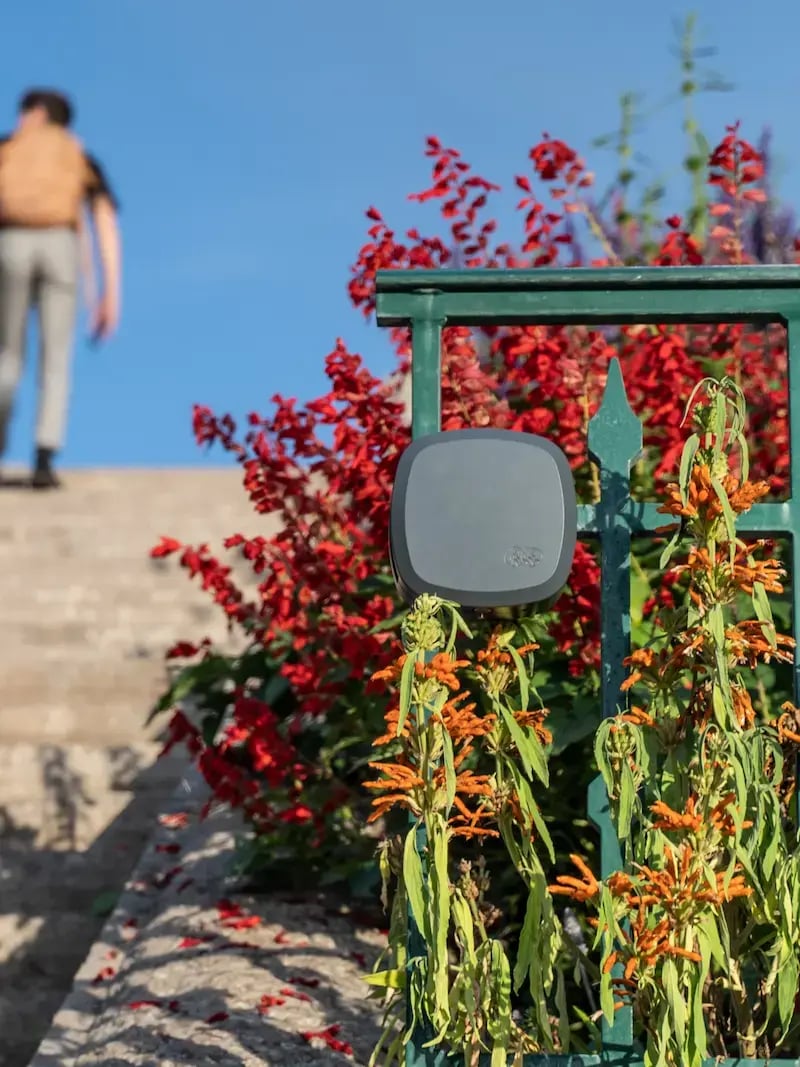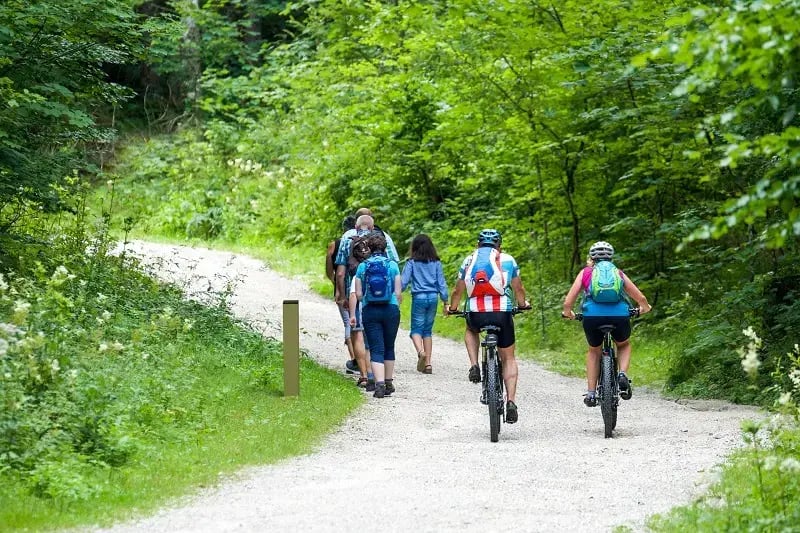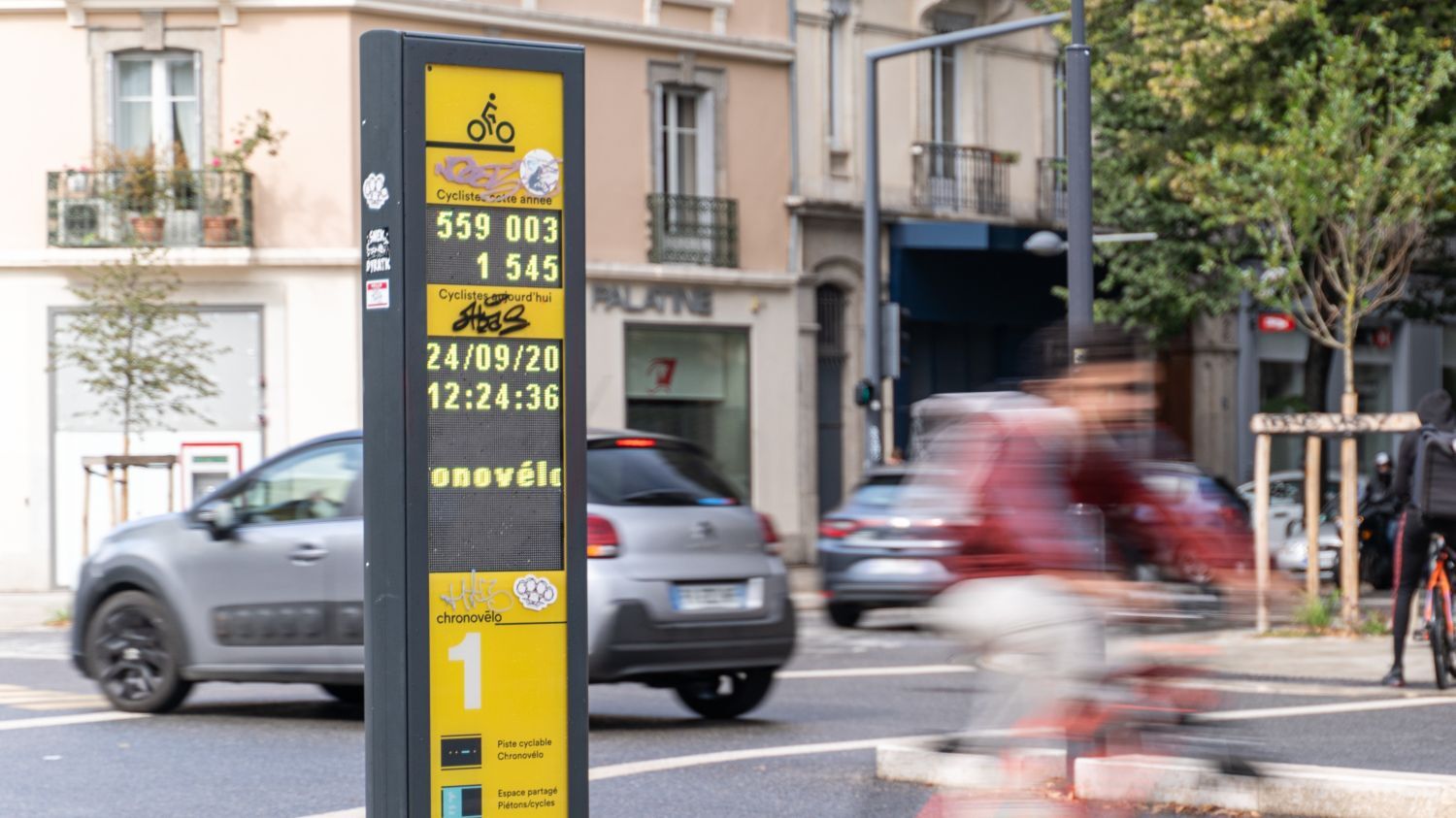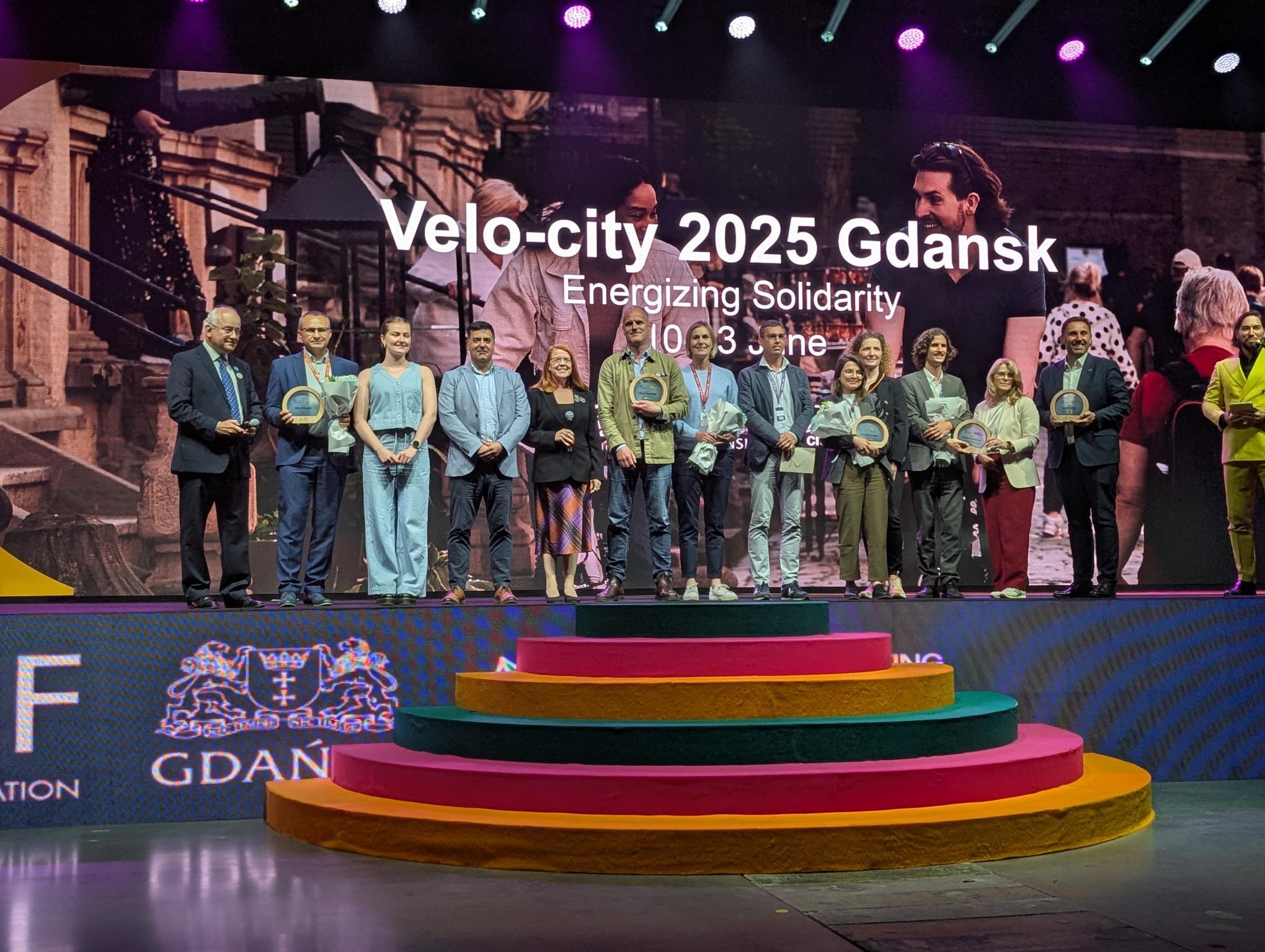“Its contemporary definition could be summed up as spending at least one night away from home with the aim of seeing or doing a sporting activity”, according to Marc Langenbach, lecturer in the geography of tourism and sport at Grenoble Alpes University.
Sports tourism is a fundamental axis, generating around 10% of the world’s spending on tourism. It has an estimated growth rate of 17.5% between 2023-2030, moving masses intra and intercontinentally. Sports tourism can promote social, economic and environmental action, accelerate development, and leave a long-lasting positive legacy.
In this context, the growing popularity of major sporting events, such as tournaments and international competitions, is an essential lever for tourist destinations wishing to develop their appeal. The challenge, however, remains how best to link these major tourist events with more local sporting activities.

Olympic Games 2024: a positive or negative impact on tourism?
The most popular example for this year is the Paris 2024 Olympic and Paralympic Games, which are estimated to attract no fewer than 15.3 million visitors! This is a unique opportunity for Paris to shine as a sporting tourist destination, while also promoting Parisian culture and history.
However, as Jean-François Rial, ex-president of the Paris tourist board, notes: “We can expect a long-term benefit, but there will undoubtedly be a negative effect on 2024.”
Indeed, difficulties are to be expected in terms of traffic and infrastructure, increased cost of living for locals, as well as costly maintenance of facilities once the Olympics are over.
Efforts have been made to address these issues, for example by controlling the price of temporary accommodation for the duration of the Games, and by planning to convert the Olympic Village into a new living quarter as early as 2025.
The city also emphasized the development of active transportation, with:
- The promise to build 60km of cycle paths linking the Olympic facilities (the “Olympistes” in French)
- The creation of 10,000 temporary bicycle parking spaces around competition venues
- The activation of 3,000 additional bike share bicycles.
These initiatives have the dual effect of facilitating access to Olympic facilities, while at the same time linking local sporting activities to this international competition.
Sports tourism and local practice
Another example of this linkage is the “Paris 2024 Legacy” initiative for the future reuse of facilities to develop amateur sports after the event. For example, the Olympic Aquatics Center, built for the Games, will be transformed into a swimming center open to the public after 2024.

The Games have also stimulated the creation of several amateur sports programs, such as “Sentez-Vous Sport”, which encourages sporting activities in companies, or “Olympic Day”, a day dedicated to sporting activities in Parisian schools. Finally, the Games should also help to develop amateur parasports, with the creation of new accessible infrastructures and the promotion of adapted sports.
Analyze attendance, measure benefits
But how can we quantify the impact of sports tourism in the short and long term, specifically in the case of the Olympic and Paralympic Games?
Attendance data is essential for this as it assesses the real impact of an event in an objective manner.
The expertise that Eco-Counter has been able to develop to provide understanding involves pooling different data sources to build observatory reports that combine quantitative data (How many visits?) and qualitative data (Who are my visitors? Where do they come from? What are the economic benefits?): the VisitorFlow solution.
In May 2021, Eco-Counter was selected by the Mobility Committee (“comité stratégique des mobilités des Jeux olympiques et paralympiques”) for an observatory project combining footfall data (obtained by Eco-Counter systems) and data provided by Geovelo. The aim was to gain precise knowledge of usage around these facilities, as well as the attractiveness of important sites during the events of the 2024 Olympic Games.
This combination of data is at the heart of the Cycling Insights solution, now available in France and internationally, and already used by several French cities, including Montpellier.
The data and their combination enable us to measure, on a day-to-day basis, the real impact and benefits of sports tourism in everyday practice and during exceptional events.
Communicating the benefits of sport
One last important aspect of promoting sports tourism, particularly in the context of events: communication!
Our Eco-DISPLAYs are being used more and more frequently and will be particularly useful for promoting soft mobility during the Olympic Games. It’s a safe bet that the systems already in place will record peak ridership on key intersections.

For example: At the start of the Tour de France in Denmark, an Eco-DISPLAY was erected to count cyclists. All aspects of the design, like the scrolling text, was fully customizable. It was a great opportunity to inform passersby and communicate messages to encourage cycling and walking!
Would you like to know more about the installation of Eco-DISPLAYs, their customization, or how to obtain complete studies on sports and/or urban tourism? Contact us!







